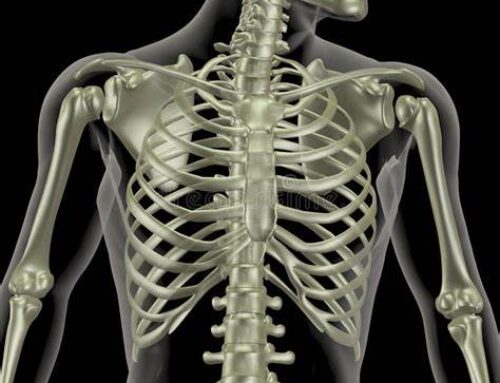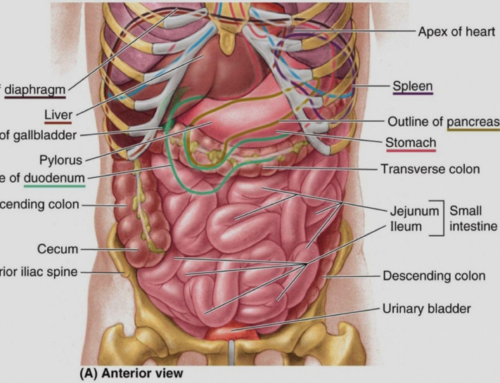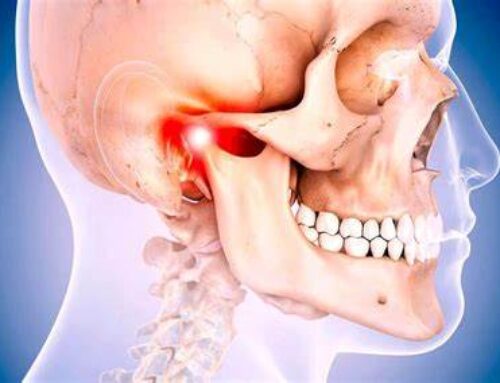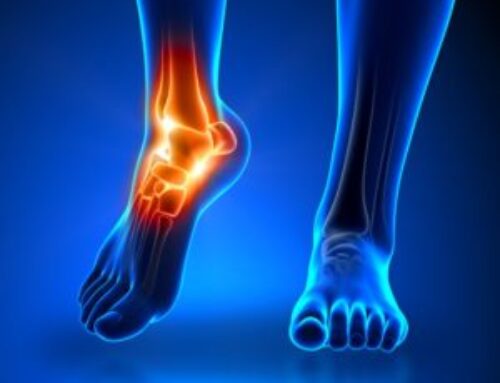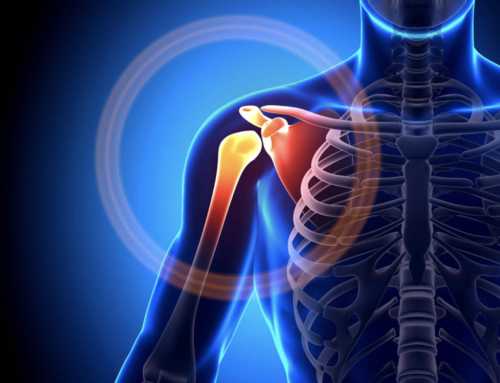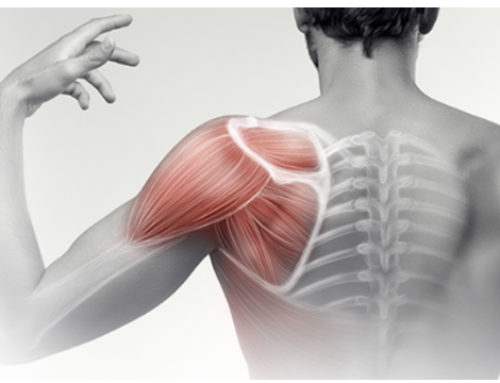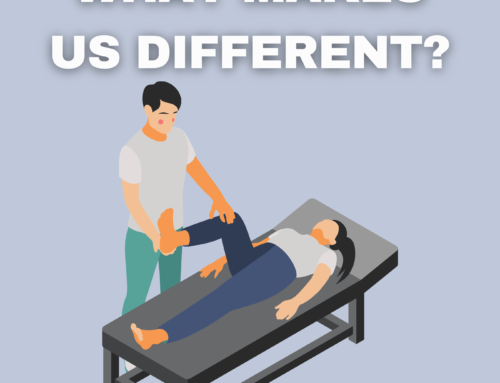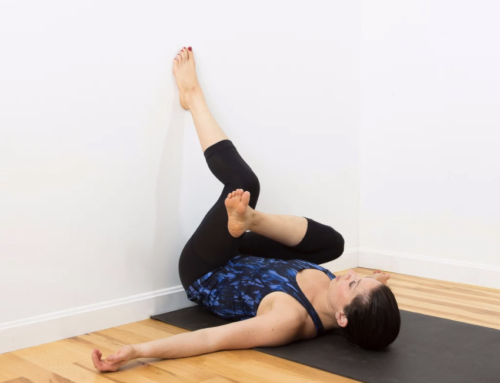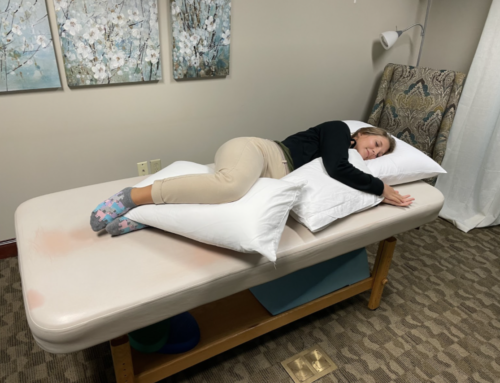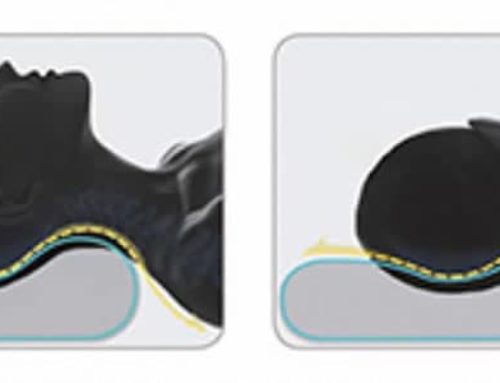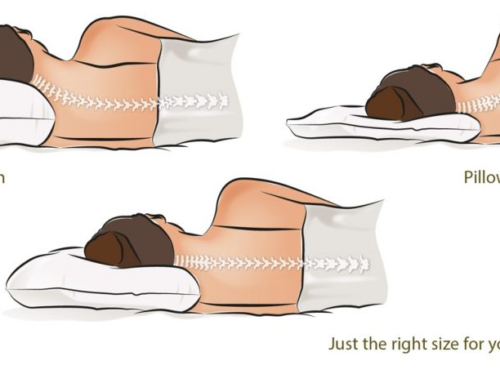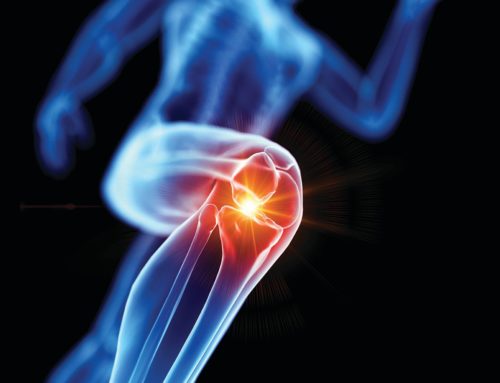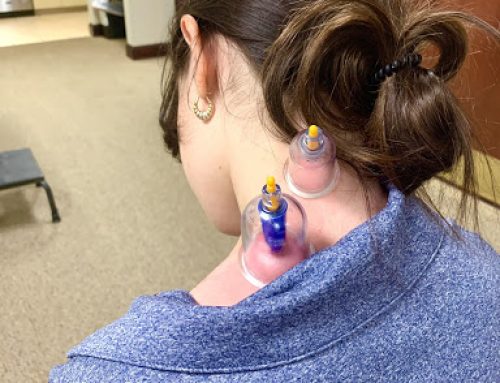Today’s world of desk jobs and prolonged commutes makes maintaining proper posture difficult, however posture is frequently the underlying culprit that leads to neck, shoulder, and back pain. Proper posture is difficult to maintain because you must constantly fight gravity to avoid falling into positions of comfort. These comfort positions usually consist of slouching in our chairs at work or in the car which causes a chain reaction beginning at the pelvis and works it way up to the neck and head. After staying in this position for hours at a time (usually all day at work), anterior hip and chest structures become tight (hypomobile) with posterior back/scapular muscles becoming over stretched and weak. The exact opposite is usually true regarding the neck; anterior muscles become over stretched and weak with posterior structures becoming hypomobile. Once this new “learned posture” begins, neck, shoulder, and or back pain is usually not far behind.
There are 3 main components to improving posture: joint flexibility, proprioceptive awareness, and postural muscle strength. It is very difficult to attain improved or proper posture without all 3 of these components. Because of this, it is important to identify the cause of person’s breakdown into poor posture in the first place, in order to devise a customized plan for each individual. Many times ergonomics must be altered at work to promote improved posture, in addition to car seat positioning, and even standing posture.
Remember: prehab is always easier (and less painful) than rehab. Addressing posture proactively will produce better results with less effort than waiting for something to hurt and then taking action. Call JGPT to schedule your postural assessment and to devise a customized exercise plan today!






